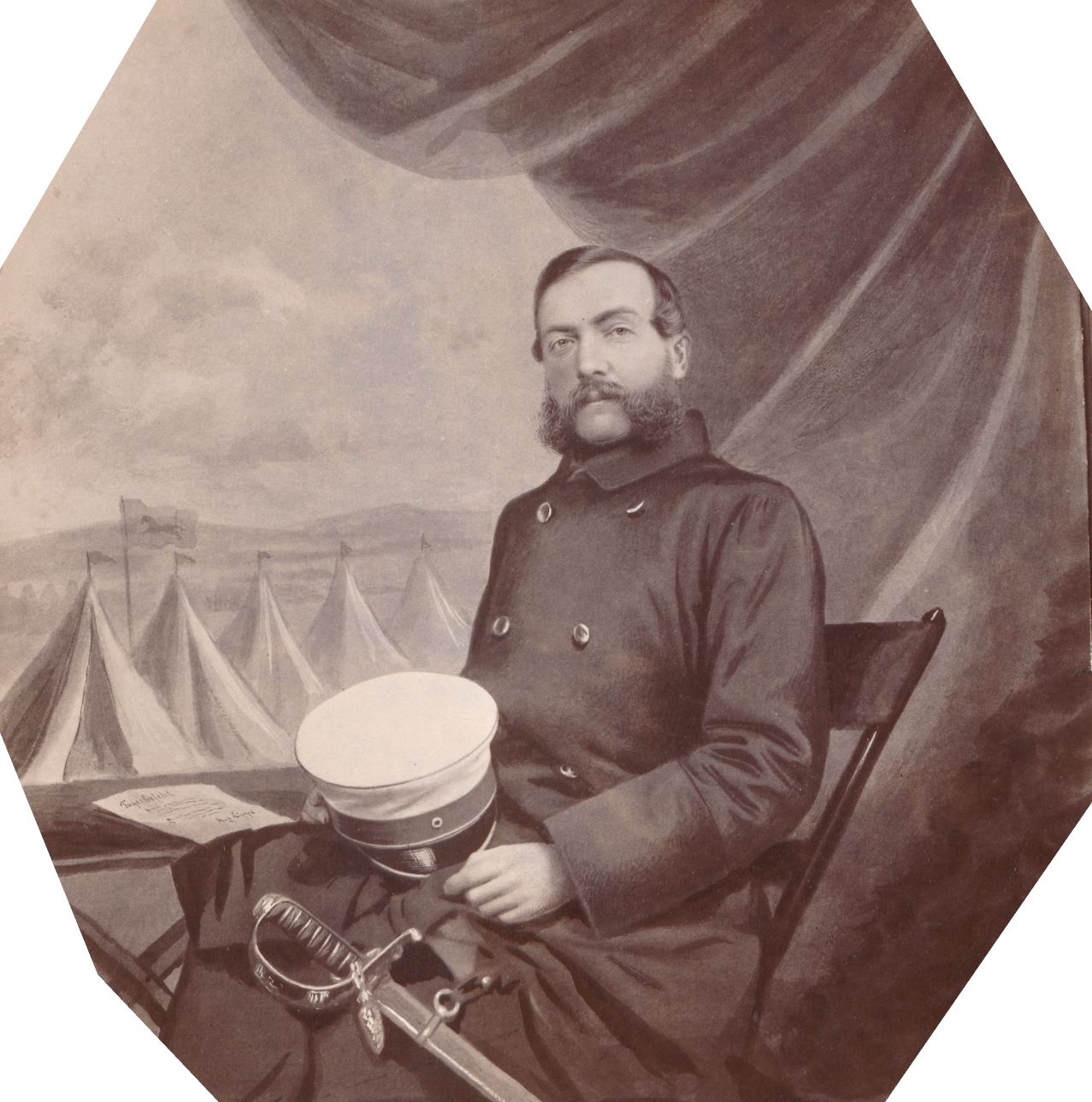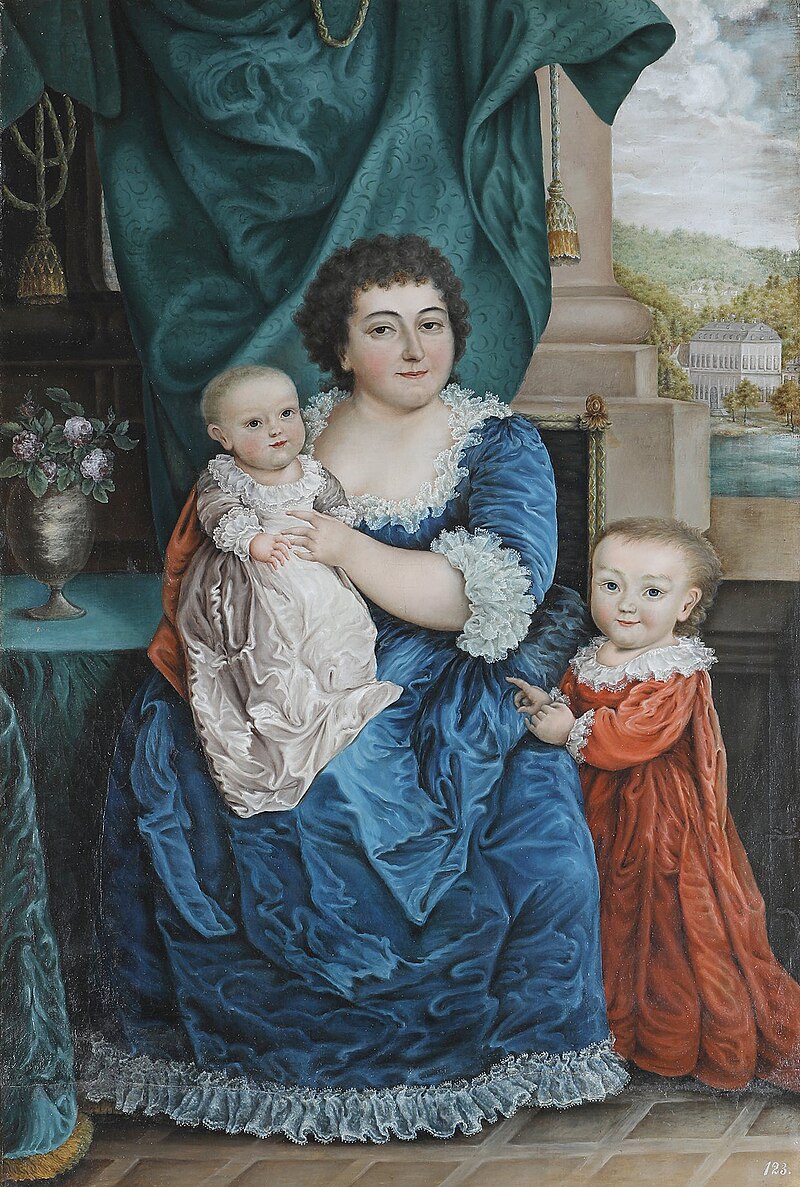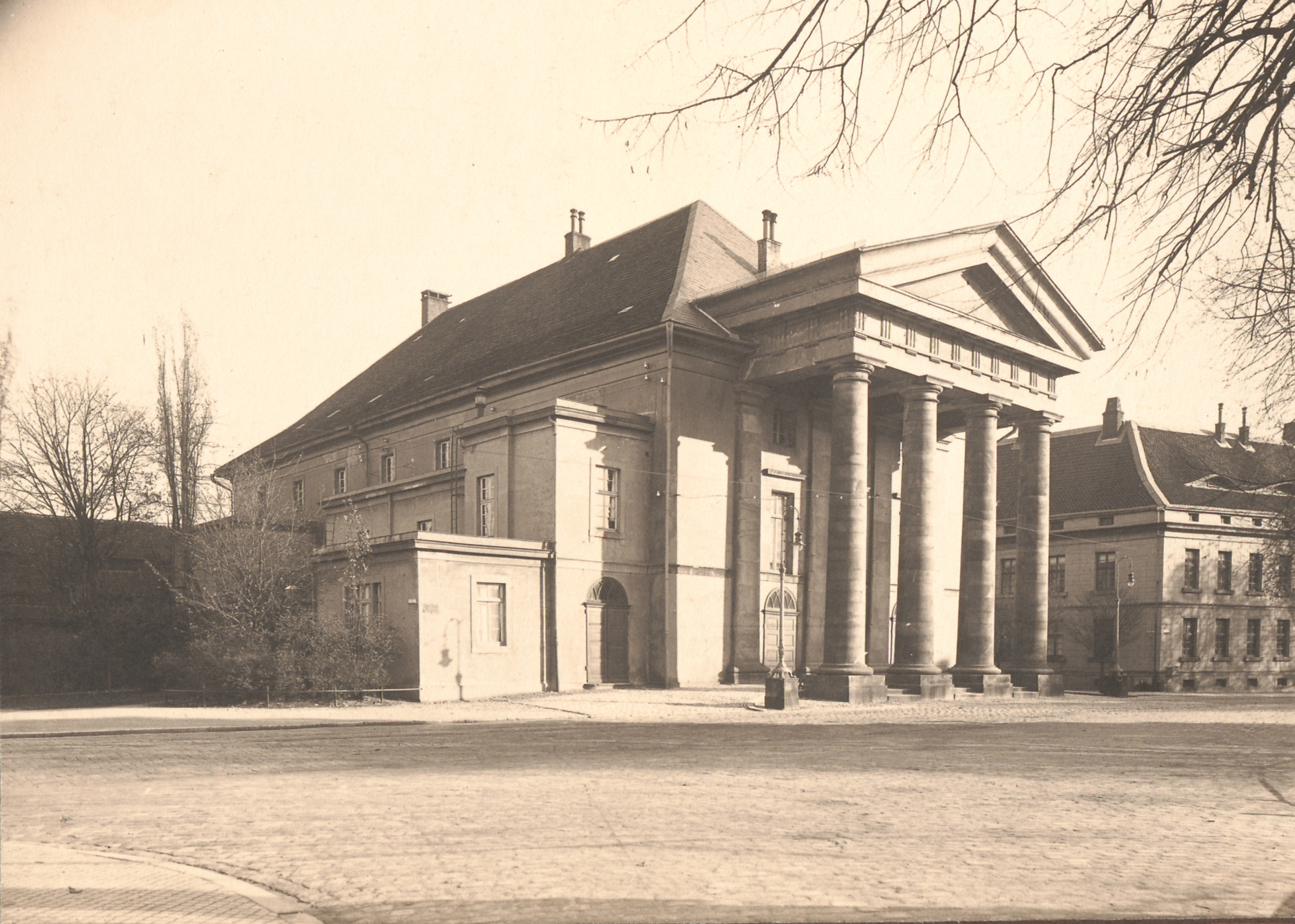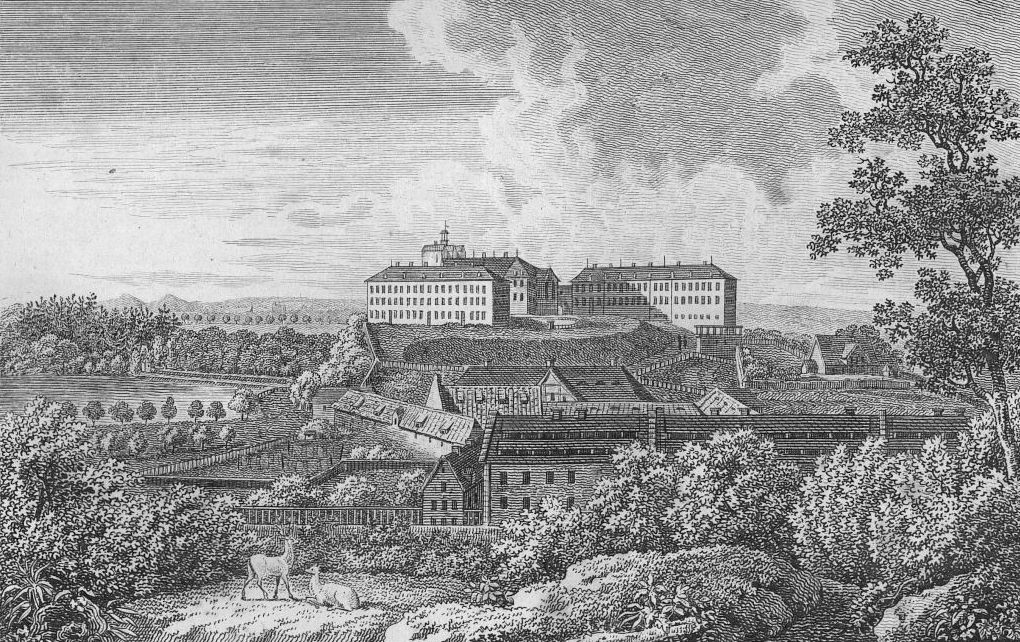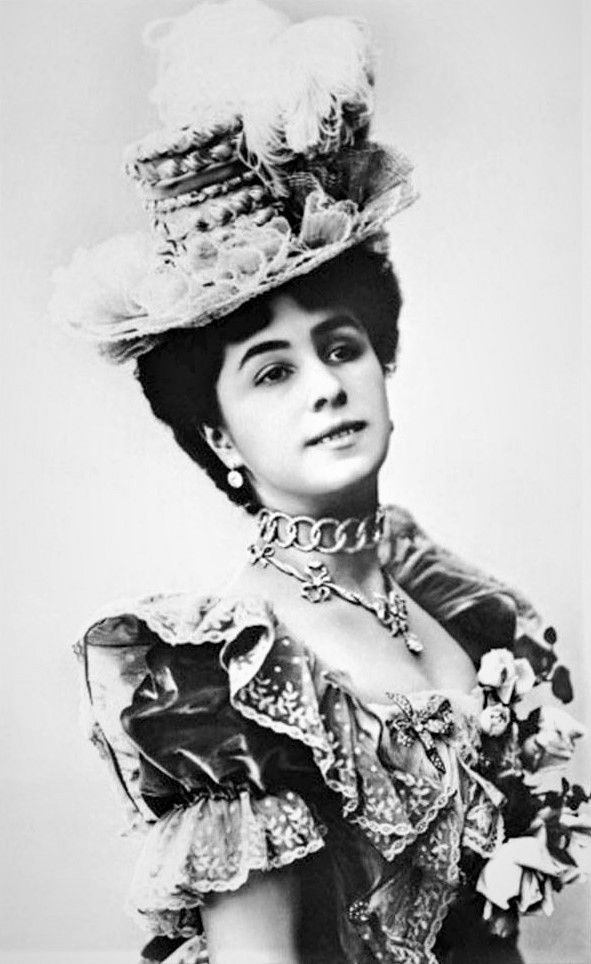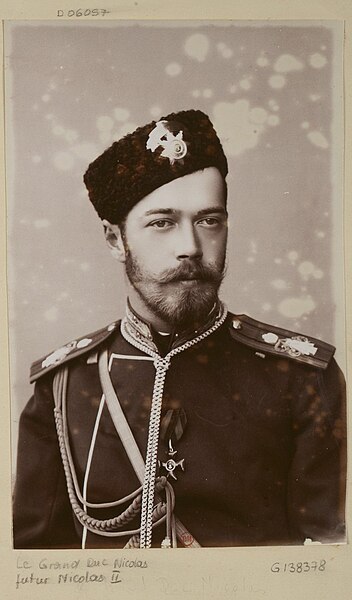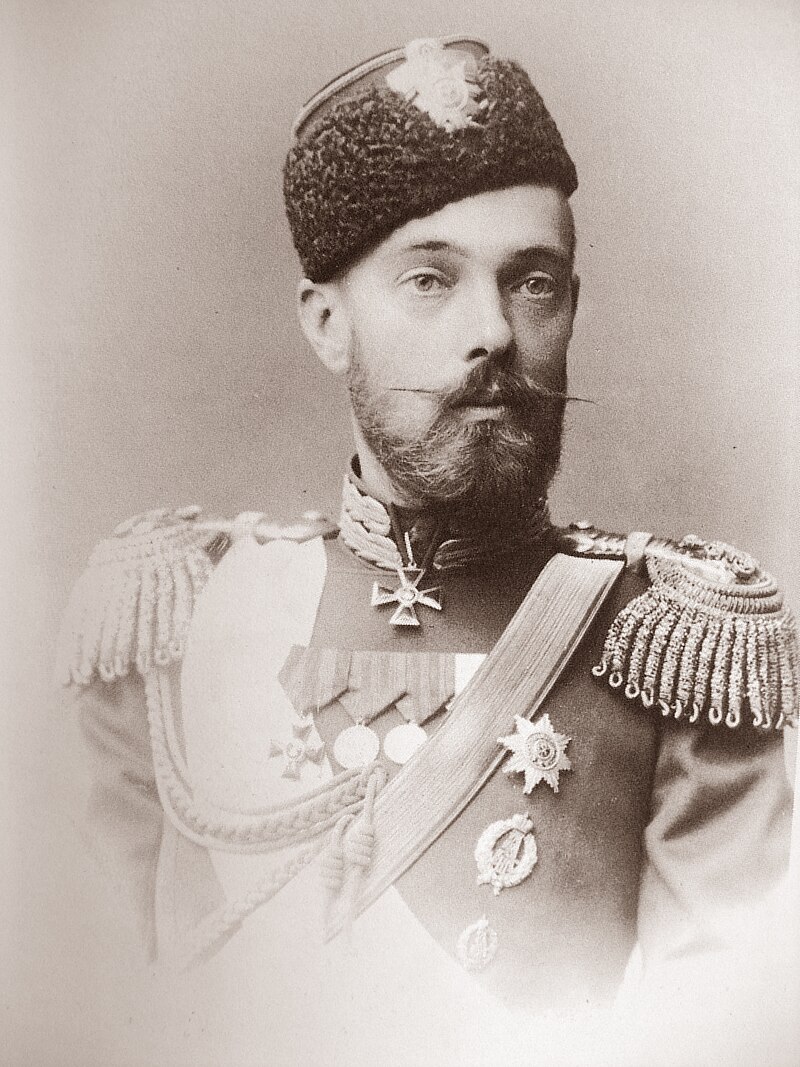by Susan Flantzer
© Unofficial Royalty 2020
Principality of Schaumburg-Lippe: In 1647, the County of Schaumburg-Lippe was formed through the division of the County of Schaumburg by treaties between the Duke of Brunswick-Lüneburg, the Landgrave of Hesse-Kassel, and the Count of Lippe. In 1808, the County of Schaumberg-Lippe was raised to a Principality and Georg Wilhelm, Count of Schaumburg became the first Prince of Schaumburg-Lippe.
At the end of World War I, Adolf II, the last Prince of Schaumburg-Lippe, was forced to abdicate on November 15, 1918, and lived out his life in exile. In 1936, Adolf and his wife were killed in an airplane crash in Mexico. Today, the land encompassing the Principality of Schaumburg-Lippe is in the German state of Lower Saxony.
**********************

Credit – Wikipedia
Georg Wilhelm, Prince of Schaumburg-Lippe was born on December 20, 1784, at Bückeburg Castle (link in German) in Bückeburg, County of Schaumburg-Lippe, now in the German state of Lower Saxony. He was the only son and the third of the four children of Philipp II Ernst, Count of Schaumburg-Lippe and his second wife Landgravine Juliane of Hesse-Philippsthal.
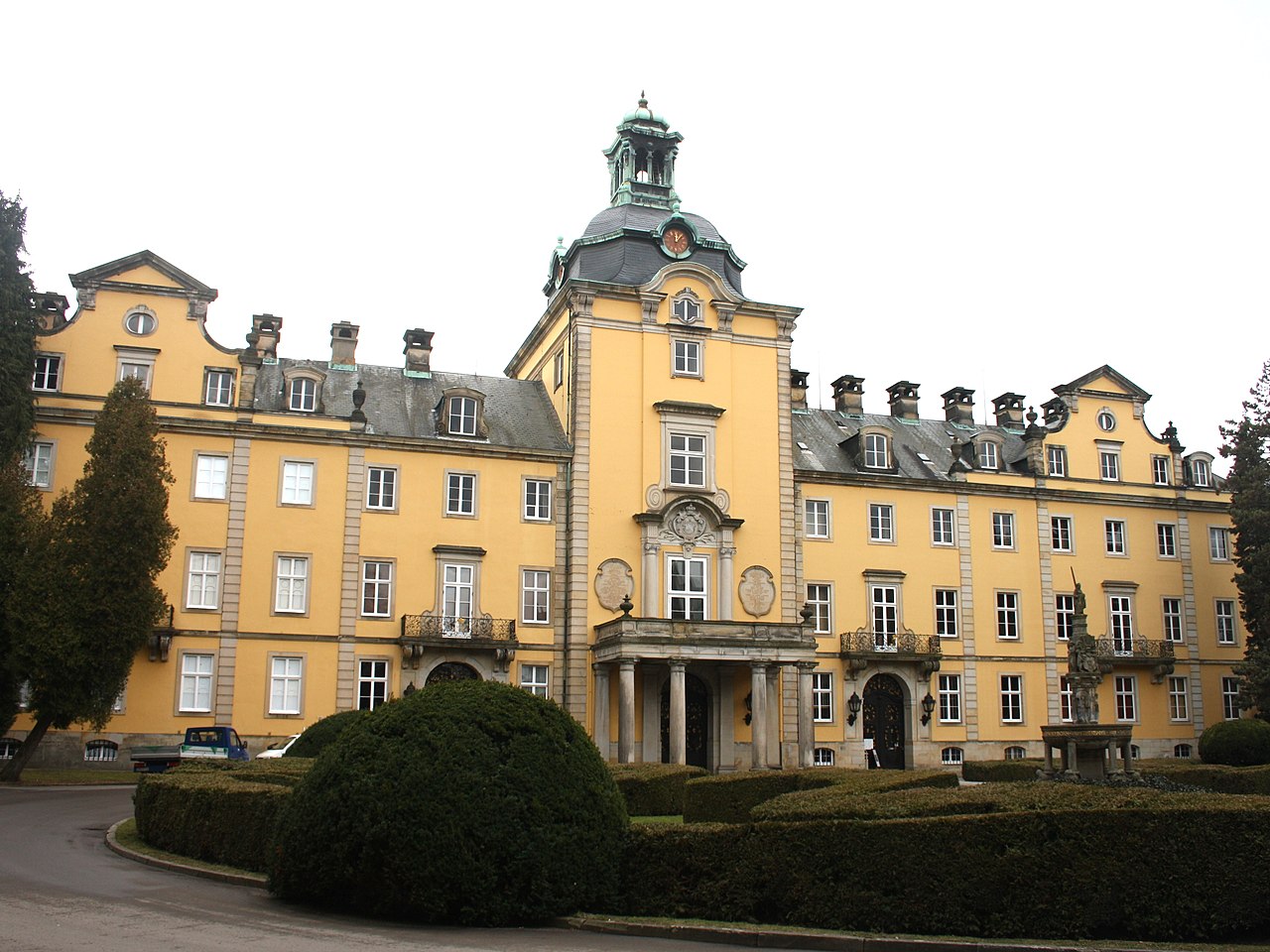
Bückeburg Castle, Georg Wilhelm’s birthplace; Credit – Von Beckstet – Eigenes Werk, CC BY-SA 3.0, https://commons.wikimedia.org/w/index.php?curid=9684542
Georg Wilhelm’s father Philipp Ernst had first married in 1756 to Princess Ernestine Albertine of Saxe-Weimar (1722-1769). They had three sons and one daughter but Ernestine Albertine died in 1769 and by 1780, all four children had died and Philipp Ernst was left without an heir.
Georg Wilhelm’s half-siblings from his father’s first marriage:
- Count Clemens August (born and died 1757)
- Count Karl Wilhelm (1759 – 1780)
- Count Georg Karl (1760 -1776)
- Countess Friederike Antoinette (1762 -1777)

Georg Wilhelm’s mother Juliane of Hesse-Philippsthal; Credit – Wikipedia
After the death of his last surviving son in 1780, 57-year-old Philipp II Ernst, Count of Schaumburg-Lippe married 21-year-old Landgravine Juliane of Hesse-Philippsthal in hopes of having a son to succeed him. After giving birth to two daughters, Julianne finally gave birth to an heir, Georg Wilhelm, in 1784.
Georg Wilhelm had three sisters:
- Countess Eleonore Luise (1781 – 1783), died in early childhood
- Countess Wilhelmine Charlotte (1783 – 1858), married Ernst zu Münster, Cabinet Minister of the Kingdom of Hanover, had one son
- Countess Karoline Luise (1786 – 1846)
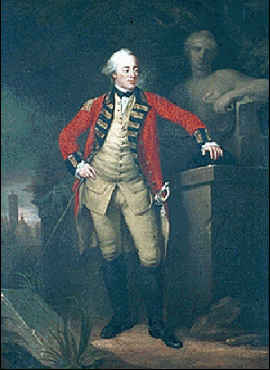
Count Johann Ludwig von Wallmoden-Gimborn, an important person in Georg Wilhelm’s childhood; Credit – Wikipedia
Two months after his second birthday, Georg Wilhelm became the reigning Count of Schaumberg-Lippe upon the death of his 64-year-old father on February 13, 1787. His mother Julianne and Count Johann Ludwig von Wallmoden-Gimborn, an illegitimate son of King George II of Great Britain by his mistress Amalie von Wallmoden, served as Regents of the Principality of Schaumberg-Lippe. Shortly after the death of Philipp II Ernst, Count of Schaumburg-Lippe, William IX, Landgrave of Hesse-Kassel occupied Schaumburg-Lippe, arguing that it was a fief of Hesse-Kassel and was up for grabs after Philipp Ernst’s death. With military support from Hanover and Prussia and the rulings of the Reichshofrat, the court of the Holy Roman Empire responsible for matters relating to imperial fiefs and imperial privileges, Juliane managed to achieve a rapid withdrawal of the Hessian troops.
In the short time, Julianne served as regent, she conducted thorough reforms of the economy and education, downsized the court, continued the tolerant policy towards the Jews her father-in-law had introduced, and managed to cut taxes. She appointed Bernhard Christoph Faust (link in German) as her personal physician and helped him with the introduction of the smallpox inoculation.
On November 9, 1799, fifteen-year-old Georg Wilhelm lost his surviving parent when his mother Julianne died at the age of 38 after a severe cold. Count Johann Ludwig von Wallmoden-Gimborn took over as Georg Wilhelm’s regent and Georg Wilhelm lived under his supervision in Hanover. In 1802, he studied at the University of Leipzig and then traveled to Switzerland and Italy.
In 1807, Georg Wilhelm took over the government. In the same year, after joining the Confederation of the Rhine, sixteen German states joined together in a confederation formed by Napoleon I, Emperor of the French, the County of Schaumburg-Lippe was raised to the Principality of Schaumburg-Lippe and Georg Wilhelm became its first reigning prince. In 1815, Schaumburg-Lippe joined the German Confederation, an association of 39 German-speaking countries created by the Congress of Vienna in 1815 to coordinate the economies of the German-speaking countries and to replace the former Holy Roman Empire, which had been dissolved in 1806. Georg Wilhelm abolished serfdom without compensation and introduced a restricted constitution in 1816.

Princess Ida of Waldeck and Pyrmont; Credit – Wikipedia
On June 23, 1816, in Arolsen, Principality of Waldeck and Pyrmont, now in the German state of Hesse, Georg Wilhelm married Princess Ida of Waldeck and Pyrmont. Born on September 26, 1796, Ida was one of the thirteen children of Georg I, Prince of Waldeck and Pyrmont and wife Princess Auguste of Schwarzburg-Sondershausen.
Georg Wilhelm and Ida had nine children whose births spanned twenty-four years:
- Adolf I, Prince of Schaumburg-Lippe (1817 – 1893), married his first cousin Princess Hermine of Waldeck and Pyrmont, had four daughters and four sons including Georg who succeeded his father, Ida who married Heinrich XXII, Prince Reuss of Greiz, and Adolf who married Princess Viktoria of Prussia, daughter of Friedrich III, German Emperor and Victoria, Princess Royal
- Princess Mathilde (1818 – 1891), married Duke Eugen of Württemberg, had two daughters and one son
- Princess Adelheid (1821 – 1899), married Friedrich, Duke of Schleswig-Holstein-Sonderburg-Glücksburg, had three daughters and two sons
- Prince Ernst (1822 – 1831), died in childhood
- Princess Ida (1824 – 1894), unmarried
- Princess Emma (1827 – 1828), died in infancy
- Prince Wilhelm (1834 – 1906), married Princess Bathildis of Anhalt-Dessau, had four daughters and four sons including Charlotte who married King Wilhelm II of Württemberg and Adelheid who married Ernst II, Duke of Saxe-Altenburg
- Prince Hermann (born and died 1839), died in infancy
- Princess Elisabeth (1841 – 1926), married Prince Wilhelm of Hanau and Horowitz, no children, divorced
During the Revolutions of 1848, when there were demands for more participation in government and democracy, Georg Wilhelm gave in to some liberal demands but then changed to a more reactionary course in 1849 by abolishing the new constitution without restoring the old one.
Georg Wilhelm, Prince of Schaumburg-Lippe, aged 75, died on November 21, 1860, at Bückeburg Castle (link in German) in Bückeburg, Principality of Schaumburg-Lippe, now in the German state of Lower Saxony. He was buried in the Princely Mausoleum (link in German) at the Evangelical Lutheran St. Martini Church (link in German) in Stadthagen, Principality of Schaumburg-Lippe, now in the German state of Lower Saxony. Georg Wilhelm’s wife Ida survived him by nine years, dying on April 12, 1869, in Menton, Alpes-Maritimes, France at the age of 72. She was buried with her husband in the Princely Mausoleum at St. Martini Church.

St. Martini Church; Credit – Von Beckstet – Eigenes Werk, CC BY-SA 3.0, https://commons.wikimedia.org/w/index.php?curid=9678243
This article is the intellectual property of Unofficial Royalty and is NOT TO BE COPIED, EDITED, OR POSTED IN ANY FORM ON ANOTHER WEBSITE under any circumstances. It is permissible to use a link that directs to Unofficial Royalty.
Schaumburg-Lippe Resources at Unofficial Royalty
- Principality of Schaumburg-Lippe Index
- Profiles: Princes and Consorts of Schaumburg-Lippe
- Schaumburg-Lippe Royal Burial Sites
Works Cited
- De.wikipedia.org. 2020. Georg Wilhelm (Schaumburg-Lippe). [online] Available at: <https://de.wikipedia.org/wiki/Georg_Wilhelm_(Schaumburg-Lippe)> [Accessed 15 October 2020].
- En.wikipedia.org. 2020. George William, Prince Of Schaumburg-Lippe. [online] Available at: <https://en.wikipedia.org/wiki/George_William,_Prince_of_Schaumburg-Lippe> [Accessed 15 October 2020].
- En.wikipedia.org. 2020. Landgravine Juliane Of Hesse-Philippsthal. [online] Available at: <https://en.wikipedia.org/wiki/Landgravine_Juliane_of_Hesse-Philippsthal> [Accessed 15 October 2020].
- En.wikipedia.org. 2020. Philip II, Count Of Schaumburg-Lippe. [online] Available at: <https://en.wikipedia.org/wiki/Philip_II,_Count_of_Schaumburg-Lippe> [Accessed 15 October 2020].
- Mehl, Scott, 2018. Schaumburg-Lippe Royal Burial Sites. [online] Unofficial Royalty. Available at: <https://www.unofficialroyalty.com/former-monarchies/german-royals/principality-of-schaumburg-lippe/schaumburg-lippe-royal-burial-sites/> [Accessed 15 October 2020].
- Nl.wikipedia.org. 2020. George Willem Van Schaumburg-Lippe (1784-1860). [online] Available at: <https://nl.wikipedia.org/wiki/George_Willem_van_Schaumburg-Lippe_(1784-1860)> [Accessed 15 October 2020]









